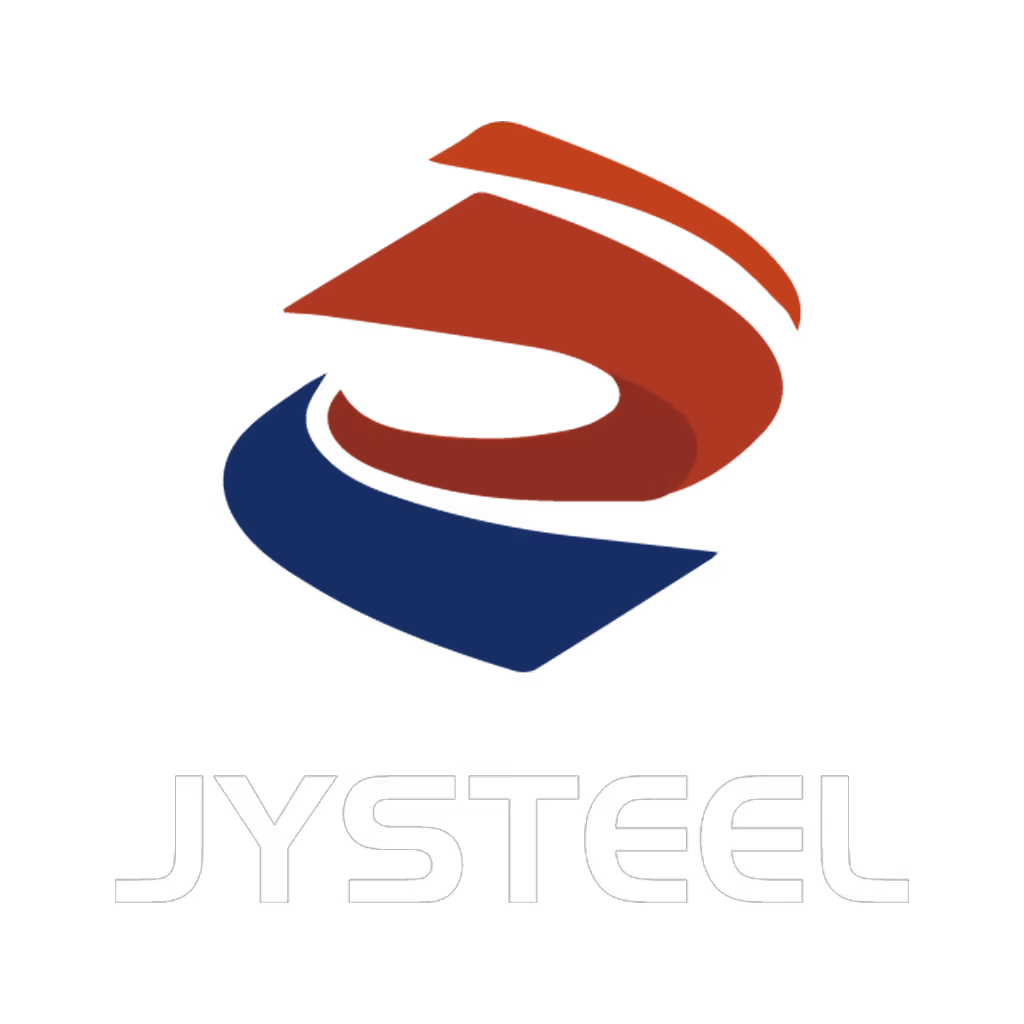Welcome to My Blog!
Before we dive into the content, I’d love for you to join me on my social media platforms where I share more insights, engage with the community, and post updates. Here’s how you can connect with me:
Facebook:https://www.facebook.com/profile.php?id=61565500692293
Now, let’s get started on our journey together. I hope you find the content here insightful, engaging, and valuable.
Table of Contents
Introduction
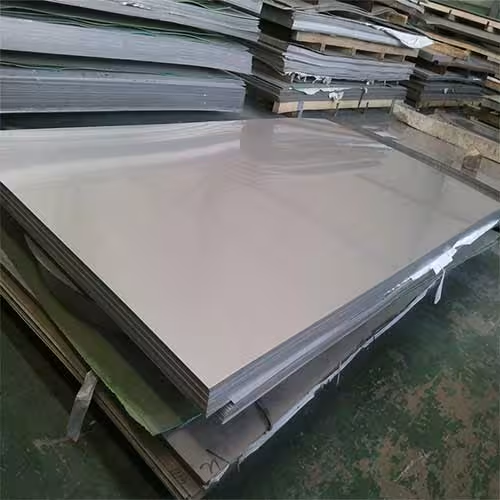
When selecting materials for manufacturing, construction, or industrial applications, the comparison of stainless steel vs zinc plated is critical due to their distinct properties and uses. Stainless steel, an alloy with chromium for corrosion resistance, excels in harsh environments, while zinc-plated steel, coated with a sacrificial zinc layer, offers cost-effective protection for milder conditions. Both materials are widely used, with stainless steel dominating 20% of global steel production and zinc plating applied to 50% of carbon steel components, as per industry data.
This comprehensive guide explores the differences in stainless steel vs zinc plated, including their composition, performance, and applications, featuring a comparison table and FAQ to assist engineers, fabricators, and procurement specialists in making informed material choices for durability and efficiency.
Understanding Stainless Steel vs Zinc Plated
The comparison of stainless steel vs zinc plated hinges on their fundamental differences in composition and protective mechanisms. Stainless steel is an alloy, typically containing 10.5–30% chromium, while zinc-plated steel is carbon steel coated with a thin zinc layer via electroplating or hot-dip galvanizing. This section examines their composition, protective properties, and manufacturing processes, providing a foundation for understanding their roles in industrial applications, supported by technical insights.
Composition in Stainless Steel vs Zinc Plated
In the context of stainless steel vs zinc plated, stainless steel is an iron-based alloy with 10.5–30% chromium, 0–35% nickel, and often molybdenum or nitrogen, as per ASTM A240. For example, AISI 304 contains 18% chromium and 8% nickel, forming a passive oxide layer for corrosion resistance, as noted by Penn Stainless. Zinc-plated steel, conversely, is carbon steel (e.g., AISI 1018) coated with 5–30 microns of zinc, applied via electroplating for a smooth finish or hot-dip for thicker coatings, as per Kloeckner Metals. The zinc layer sacrificially corrodes to protect the underlying steel, differing fundamentally from stainless steel’s inherent resistance.
Corrosion Resistance in Stainless Steel vs Zinc Plated
Corrosion resistance is a key factor in stainless steel vs zinc plated. Stainless steel’s chromium oxide layer self-heals, resisting rust in harsh environments like marine or chemical settings, with grades like 316 (with 2% molybdenum) offering superior chloride resistance, as noted by Stainless Structurals. Zinc-plated steel relies on zinc’s anodic properties, corroding first to protect the steel, effective in dry or mildly humid conditions but less durable in saline or acidic environments, where coatings degrade within 2–5 years, as per Metal Supermarkets. Stainless steel thus outperforms zinc plating in aggressive conditions, while zinc plating suits cost-sensitive, less corrosive applications.
Manufacturing Processes for Stainless Steel vs Zinc Plated
The manufacturing processes in stainless steel vs zinc plated reflect their structural differences. Stainless steel is produced by melting iron with chromium and other elements, followed by hot or cold rolling into sheets, bars, or components, achieving uniform properties, as per Penn Stainless. Zinc plating involves cleaning carbon steel, then applying zinc via electroplating (using an electric current for thin, uniform coatings) or hot-dip galvanizing (dipping steel in molten zinc for thicker layers), as described by Kloeckner Metals. Electroplating is precise for small parts like bolts, while hot-dip suits larger components like structural beams, impacting the suitability of stainless steel vs zinc plated for specific applications.
Mechanical Properties in Stainless Steel vs Zinc Plated
Mechanical properties vary significantly in stainless steel vs zinc plated. Stainless steel, like AISI 304, offers a yield strength of 215–290 MPa and tensile strength of 515–690 MPa, with excellent ductility (40% elongation), as per ASTM standards. Zinc-plated steel’s properties depend on the base steel, typically AISI 1018 (370 MPa yield, 440–510 MPa tensile), with the zinc coating adding negligible strength but enhancing surface durability, as noted by Steel Warehouse. Stainless steel’s uniform strength suits structural applications, while zinc-plated steel’s coating prioritizes corrosion protection over mechanical enhancement, influencing material selection.
Aesthetic and Surface Finish in Stainless Steel vs Zinc Plated
Aesthetic considerations in stainless steel vs zinc plated impact their use in visible applications. Stainless steel offers a polished, shiny finish (e.g., 2B or No. 4) that resists tarnishing, ideal for architectural or consumer goods, as per Penn Stainless. Zinc-plated steel has a matte, silvery finish, often spangled in hot-dip coatings, which may dull over time due to zinc corrosion, as noted by Kloeckner Metals. While zinc plating can be painted for aesthetics, stainless steel’s inherent luster and low maintenance make it preferable for high-visibility projects, affecting choices in stainless steel vs zinc plated.
Applications and Performance in Stainless Steel vs Zinc Plated
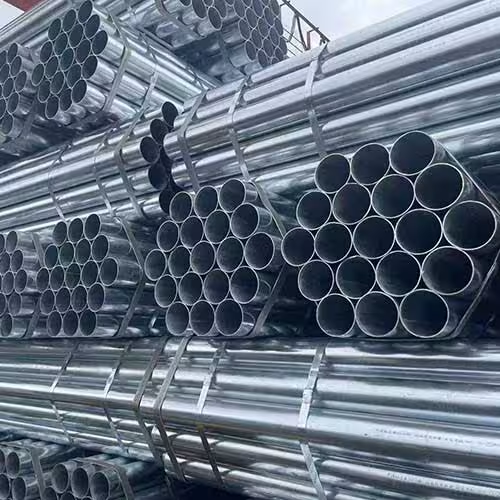
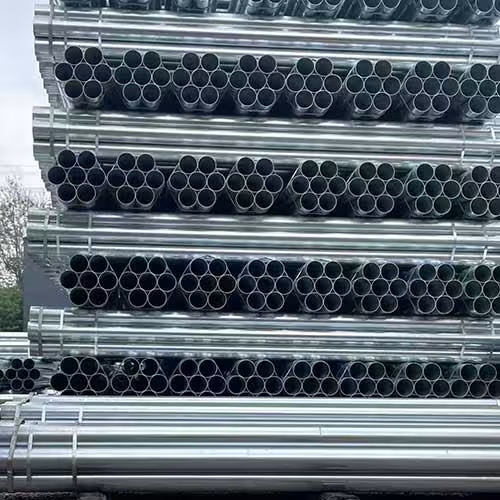
The comparison of stainless steel vs zinc plated is critical in determining their suitability across industries, from automotive to construction. Stainless steel excels in corrosive environments, while zinc-plated steel offers cost-effective protection for less demanding conditions. This section explores their key applications, performance metrics, and case studies, highlighting practical differences.
Automotive Applications
In automotive manufacturing, the choice of stainless steel vs zinc plated depends on component exposure. Stainless steel, particularly AISI 304 and 316, is used for exhaust systems, trim, and fuel tanks, resisting road salt and high temperatures (up to 870°C), with a lifespan exceeding 15 years, as per Stainless Structurals. Zinc-plated steel, often AISI 1018 with 10–20 micron coatings, is used for undercarriage bolts, brackets, and chassis parts, offering 3–7 years of protection in moderate climates, as noted by Metal Supermarkets. Stainless steel’s durability suits critical components, while zinc plating’s affordability supports high-volume, less-exposed parts.
Construction and Structural Uses
In construction, stainless steel vs zinc plated reflects trade-offs in durability and cost. Stainless steel (e.g., AISI 316) is used for coastal building facades, railings, and structural supports, resisting chloride corrosion for 50+ years, as per Kloeckner Metals. Zinc-plated steel, with hot-dip coatings (50–100 microns), is common in roofing, fencing, and indoor structural beams, providing 10–20 years of protection in dry environments, as noted by Penn Stainless. Stainless steel is preferred for long-term, exposed structures, while zinc-plated steel suits budget-conscious, sheltered applications, impacting material selection.
Consumer Goods and Hardware
For consumer goods, stainless steel vs zinc plated influences aesthetics and durability. Stainless steel is used in kitchen appliances, cutlery, and hardware like hinges, offering a corrosion-resistant, polished finish that retains appeal, as per Steel Warehouse. Zinc-plated steel is prevalent in screws, nuts, and budget appliances, where its matte finish and 2–5-year corrosion resistance suffice for indoor use, as noted by Metal Supermarkets. Stainless steel’s premium appearance and longevity make it ideal for high-end products, while zinc plating’s cost-effectiveness supports mass-produced hardware.
Industrial and Machinery Applications
In industrial settings, stainless steel vs zinc plated addresses specific performance needs. Stainless steel, such as AISI 304, is used in chemical processing equipment, food machinery, and pharmaceutical tanks, resisting acidic and hygienic demands, with a service life of 20–30 years, as per Penn Stainless. Zinc-plated steel, with electroplated coatings, is used for machinery brackets, conveyor components, and non-corrosive industrial parts, offering 5–10 years of protection, as per Kloeckner Metals. Stainless steel’s robustness suits harsh conditions, while zinc plating’s affordability supports less critical components.
Fabrication and Maintenance
Fabrication and maintenance differ in stainless steel vs zinc plated. Stainless steel is welded using TIG or MIG, requiring clean environments to avoid contamination, and machined with high-speed tools, as per Stainless Structurals. It needs minimal maintenance, with periodic cleaning using mild detergents to maintain its oxide layer. Zinc-plated steel requires careful welding to avoid zinc vaporization, and its coating may chip during machining, necessitating touch-up coatings, as noted by Metal Supermarkets. Regular inspections for coating wear and reapplication of paint or zinc extend its life, influencing fabrication choices in stainless steel vs zinc plated.
Comparison Table and Selection Insights for Stainless Steel vs Zinc Plated
To clarify the differences in stainless steel vs zinc plated, the following table summarizes their key properties and applications, providing a reference for material selection.
| Material | Composition | Corrosion Resistance | Applications |
|---|---|---|---|
| Stainless Steel (AISI 304/316) | 18% Cr, 8% Ni, 0–2% Mo | Excellent, 50+ years in harsh environments | Exhausts, railings, food equipment |
| Zinc-Plated Steel | Carbon steel, 5–100 µm Zn coating | Moderate, 2–20 years in mild conditions | Bolts, roofing, indoor beams |
Selection Insights for Stainless Steel vs Zinc Plated
The table highlights the strengths of stainless steel vs zinc plated. Stainless steel’s superior corrosion resistance makes it ideal for marine, chemical, or outdoor applications, with AISI 316 excelling in chloride-rich environments, as per Penn Stainless. Zinc-plated steel’s affordability and adequate protection suit indoor or dry settings, particularly for non-critical components like fasteners, as noted by Kloeckner Metals. Selection depends on environmental exposure, durability needs, and budget, ensuring the right material optimizes performance and cost in stainless steel vs zinc plated scenarios.
Strategies for Choosing Stainless Steel vs Zinc Plated
To choose between stainless steel vs zinc plated, assess environmental conditions and application demands. For coastal or acidic environments, select stainless steel (e.g., AISI 316) for long-term durability, as advised by Stainless Structurals. For indoor or low-corrosion settings, zinc-plated steel with hot-dip coatings offers cost-effective protection, as per Metal Supermarkets. Consider fabrication—stainless steel for complex welding, zinc plating for simple assemblies. Verify ASTM standards (e.g., A240 for stainless, A123 for zinc plating) and consult suppliers like Penn Stainless for certified materials, ensuring compliance and performance.
Practical Considerations for Stainless Steel vs Zinc Plated
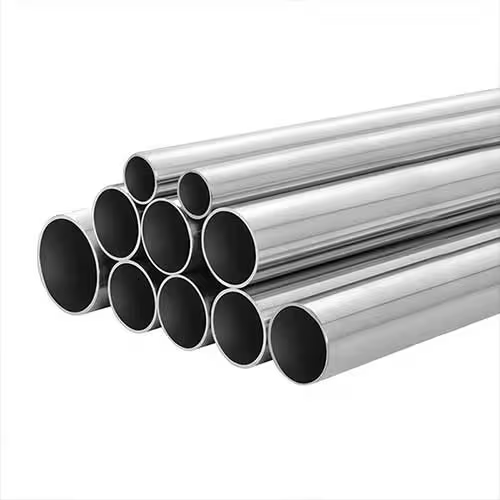
Effective use of stainless steel vs zinc plated involves strategic selection, fabrication, and maintenance. This section provides actionable guidance for professionals to maximize material performance.
Selecting Materials
Selecting between stainless steel vs zinc plated requires matching material properties to project needs. For marine or food processing, choose stainless steel grades like AISI 316 for corrosion resistance, as per Kloeckner Metals. For indoor hardware or budget projects, zinc-plated steel with 10–20 micron coatings suffices, as noted by Metal Supermarkets. Evaluate component size—stainless for precision parts, zinc plating for large structures. Source from certified suppliers like Penn Stainless, ensuring ASTM compliance and consistent quality for optimal outcomes in stainless steel vs zinc plated applications.
Fabrication Techniques
Fabrication differs significantly in stainless steel vs zinc plated. Stainless steel requires stainless-specific tools to avoid contamination, with TIG welding for strong joints and CNC machining for precision, as per Stainless Structurals. Zinc-plated steel needs low-heat welding to prevent coating damage, and machining may require post-coating touch-ups, as noted by Kloeckner Metals. Use zinc-rich paints for repairs on zinc-plated surfaces, and clean stainless steel post-fabrication with pickling to restore corrosion resistance, ensuring durability and functionality in both materials.
Environmental Suitability
Environmental factors drive material choice in stainless steel vs zinc plated. Stainless steel thrives in humid, saline, or acidic conditions, with AISI 316 resisting pitting for decades, as per Penn Stainless. Zinc-plated steel suits dry or indoor environments, with hot-dip coatings lasting 10–20 years in rural settings but degrading faster in coastal areas, as noted by Metal Supermarkets. Assess exposure—use stainless for exposed, critical applications and zinc plating for sheltered, cost-sensitive projects, optimizing performance in stainless steel vs zinc plated scenarios.
Maintenance Requirements
Maintenance varies in stainless steel vs zinc plated. Stainless steel requires minimal upkeep, with regular cleaning using non-abrasive detergents to maintain its oxide layer, as advised by Kloeckner Metals. Zinc-plated steel needs periodic inspections for coating wear, especially in humid conditions, with reapplication of zinc-rich paint or galvanizing every 5–10 years, as per Metal Supermarkets. Store both materials in dry conditions to prevent corrosion, with stainless steel offering lower long-term maintenance, influencing lifecycle costs in stainless steel vs zinc plated choices.
Cost and Lifecycle Analysis
While prices are not discussed, lifecycle analysis in stainless steel vs zinc plated highlights trade-offs. Stainless steel’s higher initial material cost is offset by its 50+ year lifespan and minimal maintenance, ideal for long-term investments, as per Penn Stainless. Zinc-plated steel’s lower initial cost suits short-term or budget projects, but its 2–20-year coating life requires periodic recoating, as noted by Kloeckner Metals. Evaluate project duration and exposure—stainless for permanent structures, zinc plating for temporary or replaceable components—to balance cost and durability in stainless steel vs zinc plated decisions.
Conclusion
The comparison of stainless steel vs zinc plated reveals distinct strengths—stainless steel for unmatched corrosion resistance and durability, zinc-plated steel for cost-effective protection in milder conditions. By understanding their properties and applications, professionals can optimize material choices for specific needs.
This guide, with its table and FAQ, equips you to make informed decisions, ensuring performance and value.
FAQ
What is the main difference in stainless steel vs zinc plated?
Stainless steel is a corrosion-resistant alloy with chromium, while zinc-plated steel is carbon steel coated with zinc for sacrificial protection.
Which is more corrosion-resistant in stainless steel vs zinc plated?
Stainless steel, especially AISI 316, outperforms zinc-plated steel, resisting rust for 50+ years in harsh environments, unlike zinc’s 2–20 years.
What are common applications in stainless steel vs zinc plated?
Stainless steel is used for marine railings and food equipment; zinc-plated steel for indoor bolts and roofing.
Can zinc-plated steel be used outdoors in stainless steel vs zinc plated?
Yes, but only in mild conditions; stainless steel is better for harsh outdoor environments like coastal areas.
How do fabrication needs differ in stainless steel vs zinc plated?
Stainless steel requires clean welding and machining; zinc-plated steel needs low-heat welding to preserve the coating.
